This exercise is more effective than press-ups for your upper-body
Here’s how to do it properly
This exercise is more effective than press-ups for your upper-body, Bent-over rows are unmatched when it comes to building upper-body strength. And with 9.9k of you searching for ‘bent-over row’ each month, they’re an exercise many of you are keen to introduce into your fitness routine. They’re one of the best ways to target the often underused muscles in the back – latissimus dorsi, rhomboids, and trapezius – and can be used with a variety of strength equipment. Bonus: you’ll work your biceps, too.
What is a bent-over row?
The bent-over row is a strength exercise that targets the back muscles, and performed by hingeing at the hips and pulling a weight towards the body in a rowing motion.
- Exercise type: Strength
- Equipment required: That depends on how you prefer to do the move – barbell/dumbbells/kettlebells
- Mechanics: Compound
- Force type: Pull
- Experience level: Beginner to advanced – ramp up the intensity by increasing the weight you use
Which muscles do bent-over rows work?
To recap: bent-over rows offer serious bang for your buck when it comes to targeting the upper and mid back, as well as other ‘pulling muscles’, including the:
- Latissumus dorsi (run down the sides of your back)
- Rhomboids (upper and mid-back)
- Trapezius (upper back)
- Biceps
How to do a barbell bent-over row
- Place a barbell in front of you. Stand with your feet about hip-width apart. Reach down and grip the bar with both hands, just outside your knees, about shoulder-width apart.
- Hinge at your hips, pushing your hips back as if you’re shutting a drawer. Keep your back flat and chest up.
- Pull the barbell toward your lower ribcage in a controlled manner by driving your elbows back and squeezing your shoulder blades together. Keep your elbows close to your body.
- Slowly lower the barbell back to the starting position maintaining a flat back and neutral neck (look at the ground in front of you). Exhale as you row the bar up, and inhale as you lower it.
How to do a dumbbell bent-over row
You have some options when it comes to the dumbbell bent-over row stance:
- Split stance: You can go for a split stance, (as in the image at the top of this article): holding a dumbbell in your right hand, take a big step back with your right leg. Bend both knees and lift your right heel, keeping your toe planted for balance.
- Feet hip-width apart: You can perform bent-over rows with both feet planted on the ground hip-width apart, as in the video above.
- With a bench: If you’re battling with balance, or rounding or arching your back, using a bench might help. Simply pop your left hand (or whichever one is not holding the weight, obvs) and left knee on a bench, as shown below.
Whichever option you choose, be sure to brace your core, keeping your back straight and your chin tucked.
- Then draw the dumbbell towards your waist, keeping the elbow tucked into your side.
- To complete the rep, extend the arm back to the starting position. Aim to complete three sets of 10 to 12 reps on each side.
Too easy? ‘Go heavier,’ she says. ‘As long as you don’t sacrifice form.’
How many reps of bent-over rows should you do?
An ideal rep range for bent-over rows is between 8 and 15 reps, Benjamin says. ‘Going beyond this range may compromise your lower back health as you start to fatigue and reduce the ability to support your weight pivoted forward.’
No matter where on that rep scale you land, make sure you use a weight heavy enough to make the last few reps challenging, to help you build strength.
3 bent-over row form mistakes
Hey, sometimes you’re going to get things wrong. It happens. Here are two common mistakes to be aware of, plus how to fix your bent-over row form.
1. Your back is rounded
Do you want to end up injured? Then stop that right now. Use a mirror to spot yourself and make sure your lower back is straight and you’re not hyperextending – that means no arching either.
2. You use momentum to lift the weight
If you’re jerking the weight up or swinging, it’s usually a sign you’re using too much weight. You should be performing a controlled, strict pull using your lats and traps, not yanking it up.
3. You’re not using your back
Rather than bending and extending the elbow, which means you’re using your arms, pull the weight back towards your chest and down towards your hips.
5 bent-over row benefits
- Bent-over rows work your upper back and arms
- Bent-over rows improve functional fitness
- Bent-over rows can be done with a dumbbell, kettlebell, resistance band or barbell
- Bent-over rows strengthen muscle to support good posture and reduce back pain
- Bent-over rows don’t require much space
Bent-over rows are a compound movement, explains Tim Benjamin, former Olympian and co-founder of audio coaching app, WithU, meaning it works more than one muscle group at a time.
‘The key benefit of bent-over rows is the ability to work your upper back and bicep muscles through dynamic movement, while at the same time developing your posterior chain (glutes, hamstrings and lower back) through a static contraction,’ he says.
And, if your job requires you to spend much of your day hunched over a computer, it’s likely that your posterior chain could do with some TLC.
‘Bent-over rows are a fantastic way of strengthening the posterior chain muscles, an area that supports posture and core stability,’ says Orangetheory coach Rachel Skinner. This is why building strength in the muscles in your back body can help improve your posture and reduce back pain.
Skinner recommends adding a rowing move like bent-over rows (or one of the variations below) into your routine once or twice a week.
4 bent-over row variations to try
Target multiple muscles with these variations – pick whichever you have home gym equipment (or gym equipment) for!
1. Kettlebell bent-over rows
Follow the steps above, just use a kettlebell instead of a dumbbell.
2. Seated cable rows
Got access to a gym? Test your rowing skills with a seated cable row machine (usually a low bench in front of an upright weight and pulley system, with a double-handled grip). Be sure to keep your back upright.
3. Single-arm bent-over rows
Rather than alternating, try single-arm sets of bent-over rows to increase time under tension on the same arm.
4. Underhand bent-over rows
Using an underhand grip on a bent-over row will make it easier for you to activate your lower lats. Typically, a bent-over row is performed with an overhand grip, which activates your upper lats and shoulders.

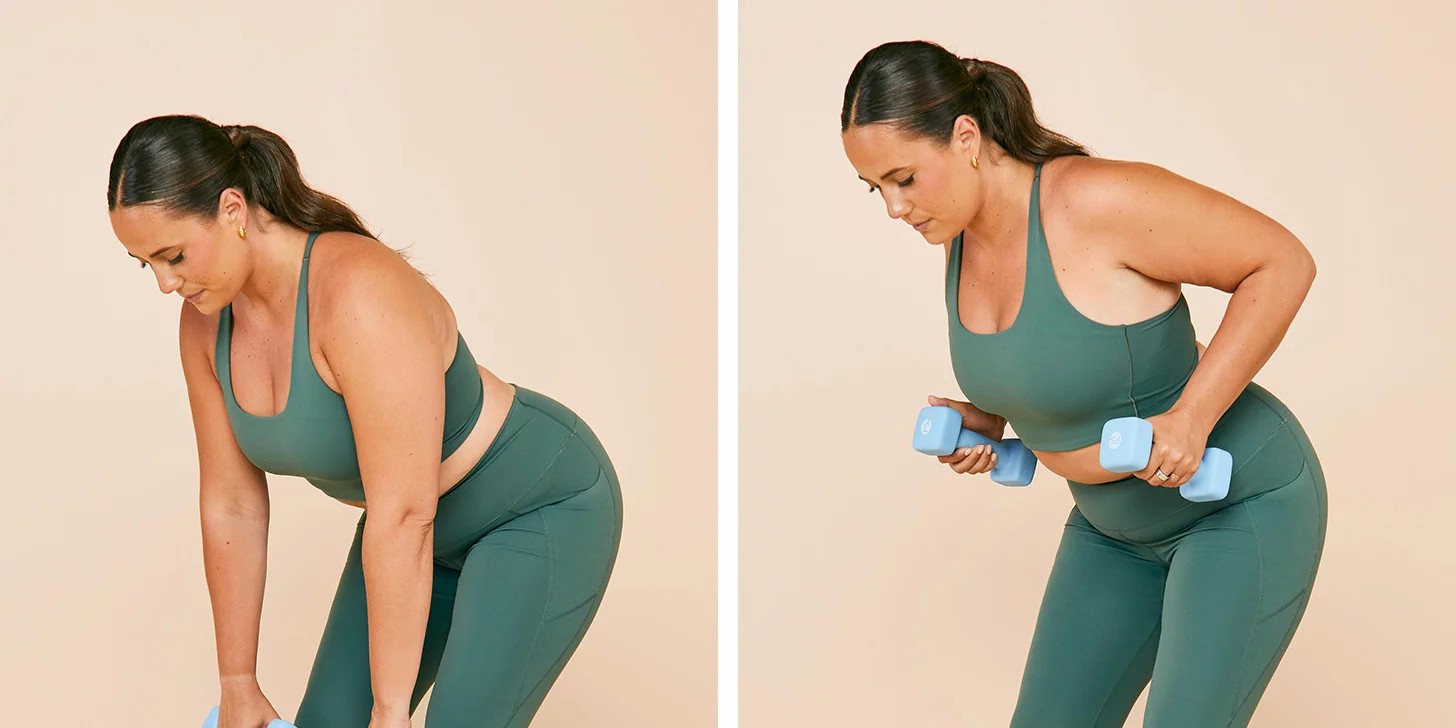



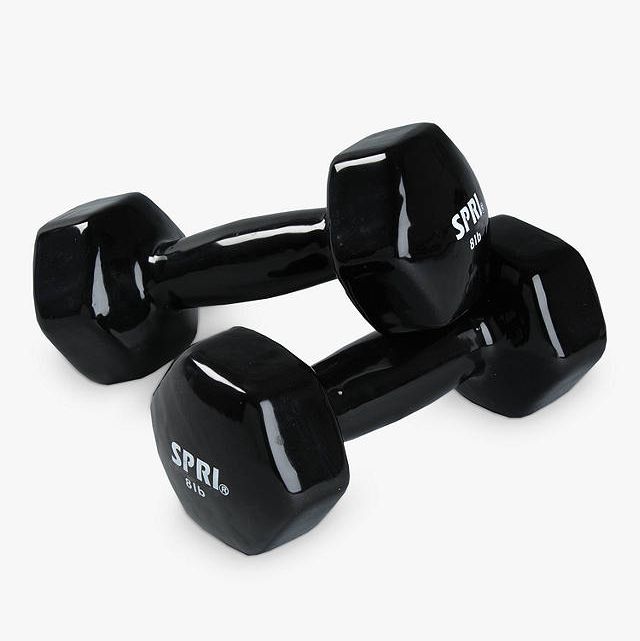
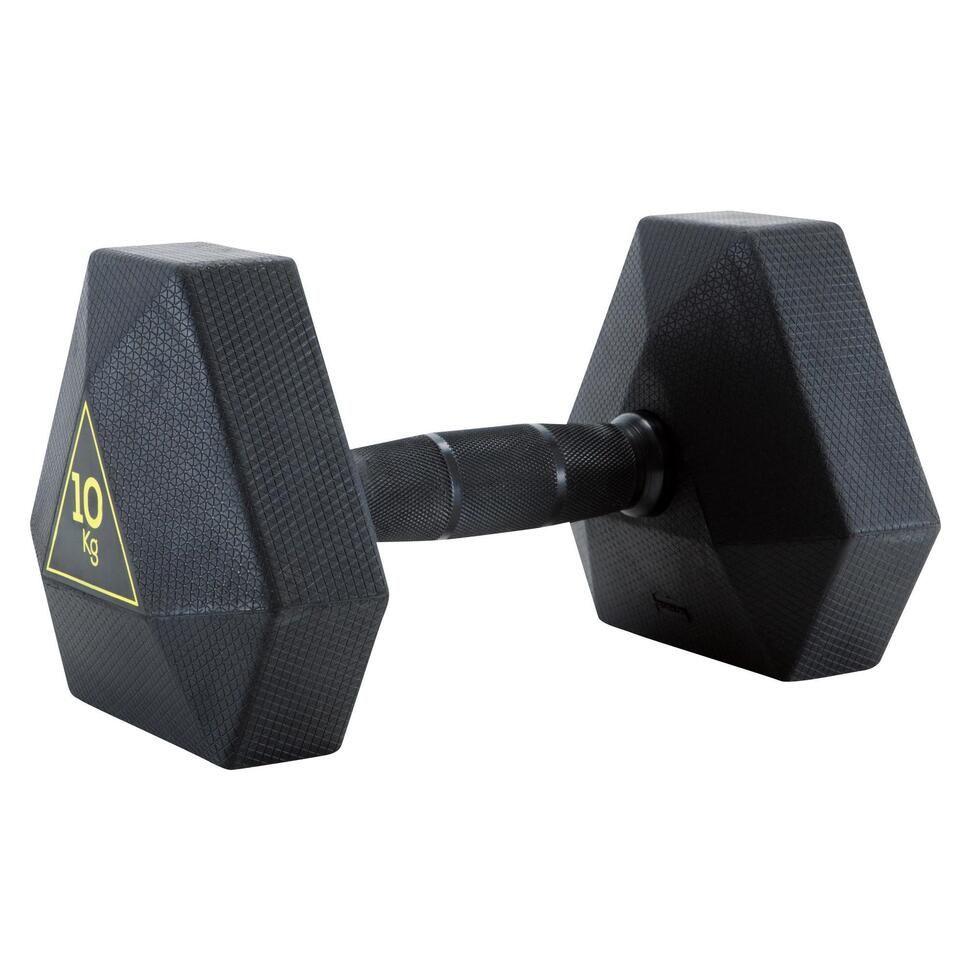
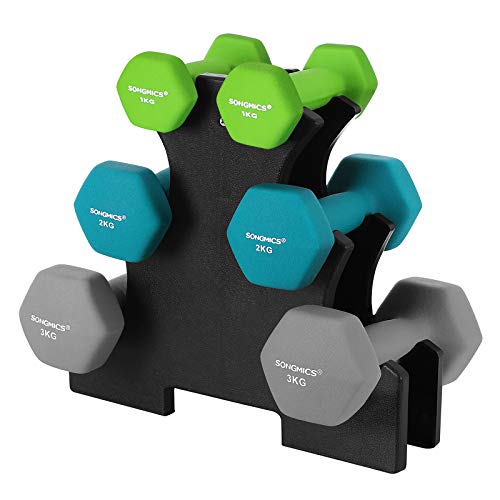
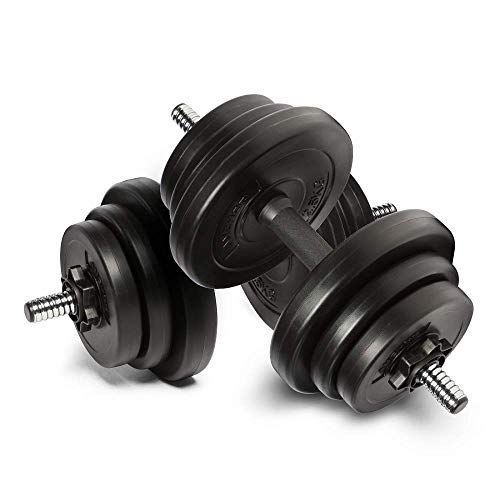
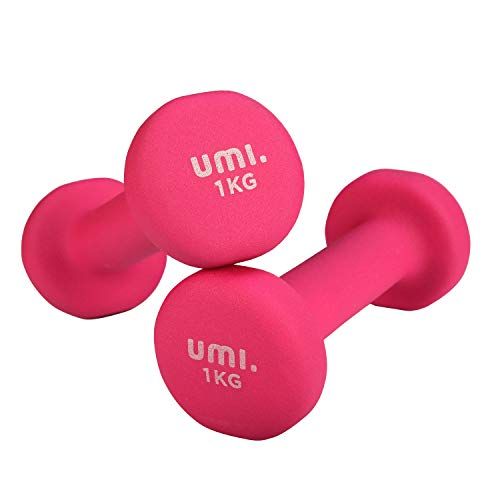

we help people in need [url=www.care-people-help.org/]we help people in need[/url] .
Как выбрать источник бесперебойного питания, получите информацию.
Советы по выбору источников бесперебойного питания, изучайте.
Обзор функций источников бесперебойного питания, здесь.
Рекомендации по выбору источников бесперебойного питания, читайте.
Как выбрать идеальный источник бесперебойного питания, получите советы.
Покупка ИБП: на что обратить внимание, познакомьтесь.
Ваш идеальный ИБП, читайте.
Технические аспекты ИБП, в этой статье.
Как продлить срок службы источника бесперебойного питания, в нашем блоге.
Инновации в области источников бесперебойного питания, посмотрите.
Правила подключения источника бесперебойного питания, читайте.
ИБП для дома и офиса: выбор и рекомендации, читайте.
Как выбрать оптимальный ИБП, читайте.
Сравнение ИБП: какой выбрать?, ознакомьтесь.
Как установить источник бесперебойного питания?, в нашем материале.
Обзор популярнейших источников бесперебойного питания, в этой статье.
Ремонт источников бесперебойного питания: основные советы, получите советы.
Рейтинг лучших ИБП для геймеров, узнайте.
Рекомендации по выбору ИБП для дома, получите информацию.
источники бесперебойного питания купить [url=http://istochniki-bespereboynogo-pitaniya.ru#источники-бесперебойного-питания-купить]http://istochniki-bespereboynogo-pitaniya.ru[/url] .
[…] Health benefits of doing sit ups […]
Качественные скины по доступным ценам, вы найдете.
акции, не оставят равнодушными.
Изучите, что.
Посмотрите.
скины.
игроков.
только у нас.
с лучшими предложениями.
на нашем сайте.
Найдите, которые.
Мы предлагаем, которые вас вдохновят.
для успешного шопинга.
В нашем магазине.
Изучите, как, и не упустите шанс.
новые поступления, которые.
эксклюзивными товарами, что сделает вас особенным.
Сотрудничая с нами, доступные цены.
самые желанные скины, с максимальной выгодой.
compare skins [url=http://www.superskinscs.com/#compare-skins]http://www.superskinscs.com/[/url] .
Mới hôm qua thôi, báo GameK còn đưa tin về giải đấu slots JJWin tổ chức cho các newbie, thấy mê thật. Tối qua đang lên streak ngon thì… mất mạng 😭 hết luôn 500k, giờ vẫn cay nè. Chơi trên jj win 99 thấy mê thật, giao diện thì mượt mà, nổ hũ thì uy tín khỏi bàn. À mà hôm qua lại bị giật lag giữa bonus, mất hết nhịp luôn, chán ghê á!
Основы программирования контроллеров Siemens, для опытных специалистов.
Тонкости программирования контроллеров Siemens, успешной разработки.
Преимущества TIA Portal в программировании контроллеров Siemens, для быстрого освоения.
Типичные ошибки в программировании, изучите.
Как спроектировать систему автоматизации с Siemens, для успешной реализации.
Модели контроллеров Siemens и их особенности, для вашего проекта.
Сравнение языков программирования для контроллеров Siemens, рекомендации.
Как контроллеры Siemens помогают в автоматизации, реальные решения.
Современные тенденции в программировании контроллеров Siemens, что нужно знать.
Разработка пользовательских интерфейсов для контроллеров Siemens, для работы.
Запрограммировать Siemens [url=http://programmirovanie-kontroller.ru/#Запрограммировать-Siemens]http://programmirovanie-kontroller.ru/[/url] .
Изысканные кулинарные рецепты для особых случаев, обязательно приготовьте.
Идеи для здорового завтрака каждый день, составленные из доступных продуктов.
Топ 10 рецептов домашних десертов, проверенные временем и вдохновленные традиционными рецептами.
Путешествие в мир разнообразных вкусов, которые стоит попробовать.
Идеи для вечернего ужина: простые и вкусные рецепты, достойные звания главного блюда на вашем столе.
Идеи для здорового питания каждый день, сбалансированные и питательные.
Блюда, которые прекрасно подойдут для шашлыка, дадут заряд положительных эмоций и вкусовых ощущений.
Напитки, которые стоит приготовить для вечеринки, прохладят в жаркий день и согреют в холодный вечер.
Секреты кулинарного мастерства: лучшие советы поваров, приблизят вас к чему-то новому и неизведанному.
Идеи для веганского меню: вкусные и полезные блюда, которые не оставят равнодушными даже мясоедов.
Веселые блюда для детского праздника: оригинальные рецепты, заверенные мамами и аниматорами.
Сезонные рецепты на каждый вкус и цвет, подскажут, какие продукты актуальны в данный период.
Как удивить гостей необычными закусками, поданы с креативом и фантазией.
Как приготовить вкусный обед за полчаса, которые спасут вас в быстром ритме жизни.
Конфеты, которые заставят вас влюбиться в сладкое, которые украсят ваш дом и душу.
Идеи для тех, кто только
как готовить еду [url=http://www.7eda.ru#как-готовить-еду]http://www.7eda.ru[/url] .
[url=https://tokarnye-stanki-s-chpu.ru/]токарные станки с чпу[/url] — это современное оборудование для точной обработки металла и дерева.
Эти устройства позволяют выполнять высокоточную обработку металлических и неметаллических заготовок.
Использование программного управления снижает затраты и повышает качество выпускаемой продукции. Такие технологии нашли применение в производстве инструментов, деталей и сложных конструкций.
#### **2. Принцип работы токарных станков с ЧПУ**
Управление процессом осуществляется через компьютер, который передает команды механическим узлам.
Датчики положения и скорости обеспечивают стабильность и точность обработки. В результате производитель получает детали с минимальными допусками и высокой чистотой поверхности.
#### **3. Преимущества токарных станков с ЧПУ**
Одним из ключевых плюсов считается снижение зависимости от человеческого фактора.
Использование ЧПУ уменьшает затраты на оплату труда и снижает процент брака. Дополнительным плюсом является возможность быстрого перехода на выпуск новых изделий.
#### **4. Перспективы развития токарных станков с ЧПУ**
Развитие технологии приведет к созданию более умных и автономных систем.
Подключение к цифровым платформам даст возможность оптимизировать работу станков в режиме онлайн. Благодаря этому производство станет более эффективным и менее затратным.
—
### **Спин-шаблон:**
#### **1. Введение в токарные станки с ЧПУ**
Сегодня трудно представить промышленность без токарных станков, оснащенных числовым программным управлением. Машины с числовым программным управлением значительно упрощают процесс обработки деталей.
Автоматизация токарных работ минимизирует человеческий фактор и ускоряет выполнение задач. Такие технологии нашли применение в производстве инструментов, деталей и сложных конструкций.
*(Шаблон продолжается аналогично для всех последующих разделов.)*
You really make it appear so easy with your presentation however I in finding this topic to be actually one thing that I feel I might by no means understand. It kind of feels too complicated and very large for me. I am taking a look forward for your next put up, I¦ll try to get the cling of it!
Very great post. I just stumbled upon your weblog and wished to mention that I’ve really enjoyed surfing around your weblog posts. In any case I’ll be subscribing for your rss feed and I hope you write once more soon!
This site breaks the rules and needs to be flagged.
You can definitely see your skills in the paintings you write. The sector hopes for even more passionate writers like you who are not afraid to mention how they believe. At all times follow your heart.